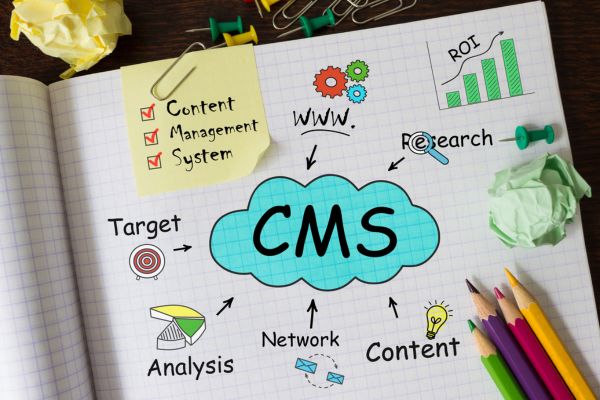“…we’re talking about improving your business so the onus to find value in technology is actually on you!”
I just read Joel Bruckenstein’s 2009 Software and Technology Survey on Financial Planning’s website (read the article). It’s a great article and Joel did a lot of analysis to help us all understand what technologies people are and are not using. Reading this article raised a question in my mind… why are people NOT buying a particular technology? As an efficiency solution provider myself, I have some ideas why. Whether you’re a technologist like myself, an IT professional or just the buyer of a new technology, it is reasonable to expect that saving people time and money would be an obvious reason to make everyone want to use it. But they don’t. Why is that? Here are the main reasons I encounter that apply to every one of us, including me: ignorance, return on investment (ROI) and a lack of realized value.
Ignorance
Let’s face it: when you encounter a problem it is much easier to ignore it than to try and solve it. Imagine stopping in the middle of a process every time you encounter an inefficiency, a lack of integration, a missing feature, etc. to find a better solution. You would never accomplish anything on time. When you’re busy and simply trying to complete a task the last thing you want to do is stop and find a better way. Therefore we remain ignorant of better solutions, better service or better features within our existing solutions. One of the best ways to solve this problem is to do what Joel concludes and put together a technology plan.
A good technology plan should start with an overview of your operations and processes, identification of
your existing technologies that serve each process point and who on your team operates each step of your process. With the overview in hand, identify the process steps where you either don’t have a technology solution at all or your current solution is outdated or insufficient. Knowing which process steps need your attention will make it easier for you to plan for the technology that best fits your process flow. The last step to building a basic technology plan is to research the possible solutions and build a budget.
How To Assess ROI
There is this great fallacy when it comes to buying technology called return on investment (ROI). Every sales person wants to believe that if they can show you a really great ROI that you’ll get out your checkbook. It doesn’t quite work that way. You intuitively know that your return on investment may vary according to your actual usage of the solution, current costs without the new solution and whether you and your users will actually adopt the solution.
The better way to assess whether a solution will give you a return on investment is to decide whether you can live without the solution altogether. Of course you must consider the cost – spending $5,000 to save $500 doesn’t make a lot of sense. On the other hand, if the solution will increase your revenue by $10,000 while saving you $500 then spending $5,000 can make sense. If you feel you cannot live without the solution, then ignore the ROI numbers because the solution will be worth it if your budget affords the up-front cost. If you can live without the solution then you need to decide if the new technology will help you grow, enhance your revenue, improve your image or other intangible benefits that can’t be included in an ROI analysis.
Value – Perceived or Realized?
There are two ways to be sold on a product: the perception of its value or the realization of its value. Perception of value is formed during the sales and research process. Asking others how they use the product, reading about the most popular solutions and hearing anecdotal success stories all contribute to your perception of the solution’s value. Then you buy and hope it lives up to the value you perceive. The other way is to realize value before you buy. Realizing value is usually achieved during a free trial when you can see the solution in action and see the results for yourself. For example, with our end-user product, Quik! Forms Library, you can try the fully-featured software for 14 days for free and within the first few minutes of generating forms you’ll realize the value of the solution and know whether the solution is for you or not.
A primary reason you didn’t buy or use a technology is due to a lack of value, whether perceived or realized. To improve your business with technology you must overcome the hurdle of finding the value in a given solution. Obviously the person or website telling you to look at the technology may need to do a better job of conveying value but we’re talking about improving your business so the onus to find value in technology is actually on you! Take the free trial and really try out the solution. Talk to other users. Read the testimonials and case studies. Find the value and see what Joel is talking about when he says “What are you waiting for?”.


